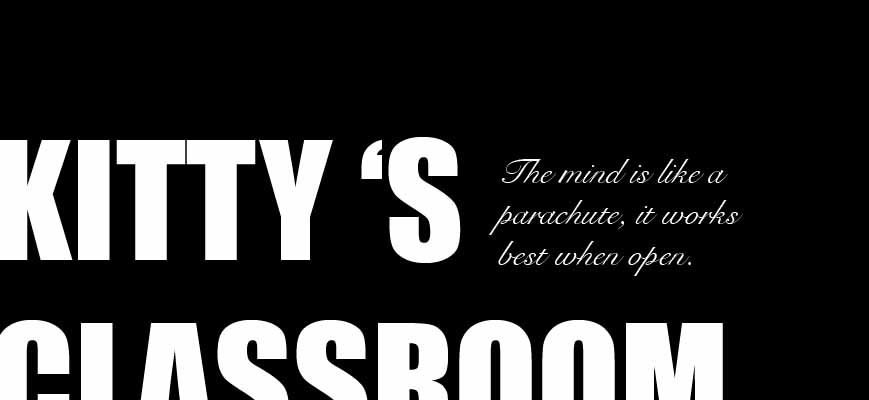London

*Brick Lane & Neighborhood Bird eyes view
Site
Observation
December2008-January2009
 * Brick Lane Pictures in afternoon, December2008
* Brick Lane Pictures in afternoon, December2008 *Interior of Sunday Up Markets and Back Yard Market
*Interior of Sunday Up Markets and Back Yard Market * Graffiti is all over the place in Brick lane
* Graffiti is all over the place in Brick lane * Stylish people in Brick Lane
* Stylish people in Brick Lane * Musicians in Brick Lane
* Musicians in Brick LaneMore Events in Brick Lane:
http://www.danielrichards.tv/wordpress/?tag=daniel-richards
History
Brick Lane
Brick Lane is a long street in the London Borough of Tower Hamlets, in the East End of London.
The street runs from Swanfield Street in the northern part of Bethnal Green, crosses Bethnal
Green Road, passes through Spitalfields and is linked to Whitechapel High Street to the south
by the short stretch of Osborn Street. Today, it is the heart of the city's Sylheti Bangladeshi
community, and is sometimes known as Banglatown
Winding through fields, the street was formerly called Whitechapel Lane,
but derives its current name from former brick and tile manufacture,
using the local brick earth deposits, that began in the 15th century
By the 17th century, the street was being built up from the south.
Successive waves of immigration began with Huguenot refugees
spreading from Spitalfields, where the master weavers were based,
in the 17th century. They were followed by Irish weavers, Ashkenazi ,
Jews and, in the last century, Bangladeshis. The area became a
centre for weaving, tailoring and the clothing industry,
due to the abundance of semi- and unskilled immigrant labour.
In 1742, La Neuve Eglise, a Huguenot chapel, was built on the corner
of Brick Lane and Fournier Street. By 1809, it had become
The Jews’ Chapel, for promoting Christianity to the expanding Jewish
population, and became a Methodist Chapel in 1819 In 1976, it became
the London Jamme Masjid mosque to serve the expanding Bangladeshi
community. Brewing came to Brick Lane before 1680, with water drawn
from deep wells. One brewer was Joseph Truman, who is first
recorded in 1683, but his family, particularly Benjamin Truman,
went on to establish the sizeable Black Eagle Brewery on Brick Lane.
The Brick Lane Market, developed in the 17th century for fruit and vegetables,
sold outside the city. The Sunday market, like the ones on Petticoat Lane
and nearby Columbia Road, dates from a dispensation given to the
Jewish community.
In the 20th century the Brick Lane area was important in the second wave
of development of Anglo-Indian cuisine, as families from countries such as
Bangladesh (mainly the Greater Sylhet region)
migrated to London to look for work. The curry houses of Brick Lane are
known for their cheap and cheerful food, (often the curry house itself will
not sell alcohol as most are run by Muslims). More recently the area has
also broadened to being a vibrant art and fashion student area,
with considerable exhibition space. Each year most of the fine art and
fashion courses exhibit their work near Brick Lane.
Since the late 1990s, Brick Lane has been the site of several of the city's best known
night clubs, notably 93 Feet East and The Vibe Bar, both built on the site of The
Old Truman Brewery, once the industrial centre of the area, and now an office
and entertainment complex.
Nearby buildings of interest include Christ Church, Spitalfields, The Jamme Masjid
or Great London Mosque on the corner of Fournier Street - the building represents
a history of successive communities of immigrants in East End, and the head office
of Habitat on Princelet Street.
Brick Lane is world famous for its graffiti, which features artists such as
Banksy, D*Face and Ben Eine.
Brick Lane Market
Brick Lane Market
is a London market centred around Brick Lane,
Tower Hamlets. It is located at the northern end
of Brick Lane and along Cheshire Street in
East London. It operates every Sunday from
around 4am to 2pm.
Almost anything can be found on Brick Lane,
from antique books to eight-track cartridge decks
(for many years it hosted a stall selling nothing
but rusty cog wheels). A large part of its charm
is the possibility of such strange discoveries
and it has always been popular with and much
photographed by art students. Bargain hunters
from across London also value it greatly. It is
particularly notorious as a place where stolen
bicycles are sold.
The Carpenters Arms pub on Cheshire Street
was formerly owned by the Kray twins.

No comments:
Post a Comment